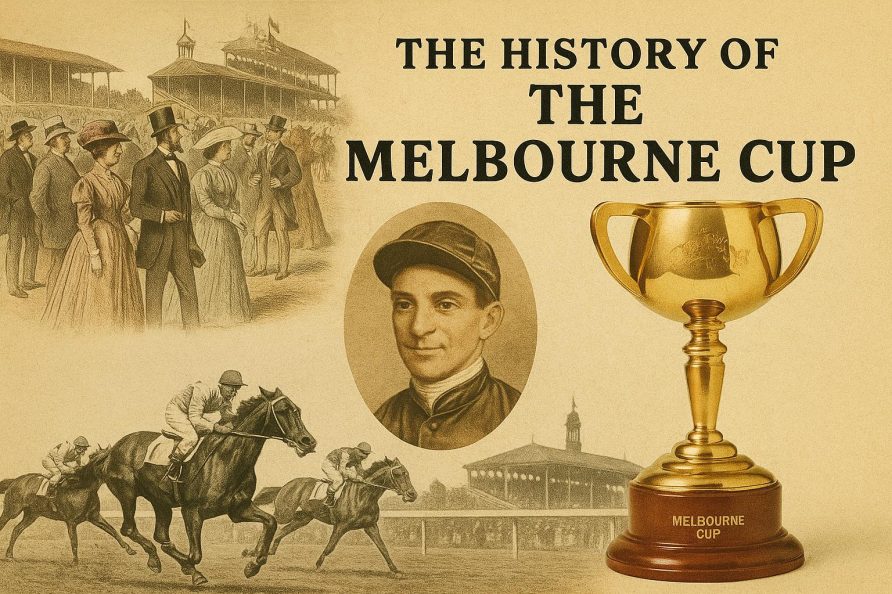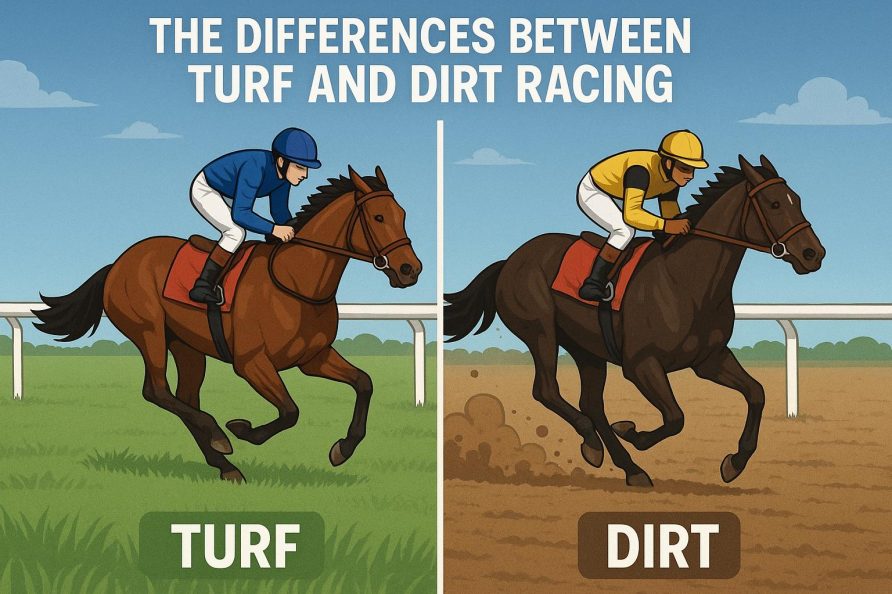Understanding the Jockey-Trainer Relationship
The *jockey-trainer relationship* is a fundamental aspect of horse racing that plays a pivotal role in the success of a horse on the track. This relationship, which hinges on strategic communication, mutual trust, and a shared vision, can lead to enhanced horse performance and more informed betting decisions for enthusiasts keen on understanding the intricacies of the sport.
Importance of Communication
Communication stands as the bedrock of a successful jockey-trainer partnership. The trainer devises a strategic plan for each race, taking into account the *horse’s strengths and weaknesses*, race conditions, and the competition. A crucial aspect of this plan is effectively communicating it to the jockey. The jockey needs to have a comprehensive understanding of the trainer’s vision to execute the plan on race day. Adjustments during the race, responding to unforeseen changes or competitors’ strategies, also fall within the rider’s purview, underscoring how vital fluent communication is to the process.
Trust Between Jockey and Trainer
Over time, trust builds the foundation of a robust partnership. This trust facilitates the free flow of valuable insights and strategic advice from the trainer to the jockey. Similarly, the jockey must invest trust in the trainer’s expertise and judgment, adhering to their guidance and believing in their decision-making prowess. A trainer who feels confident in their jockey will likely engage in more open dialogues about strategies, leading to improved performance outcomes.
Evaluating Performance Metrics
Analyzing the metrics of past performances of jockey-trainer combinations provides a window into their potential future success. These metrics highlight trends and patterns that can assist racing followers in making educated predictions.
Win Rates
One of the most straightforward indicators of a successful jockey-trainer combination is their win rate. A high win rate generally suggests fruitful collaboration. However, it is imperative to examine the context of these wins. Some high win rates might result from success in less competitive, lower-tier races. Therefore, while win rates offer valuable insights, they must be contextualized within the quality and caliber of the races won.
Consistency
Beyond just win rates, consistency in performance offers a more nuanced perspective. Frequent finishes within the top ranks, such as second or third, point to a partnership with *reliable performance*. This level of consistency often signifies a well-oiled combination of strategies and execution. Evaluating consistency sheds light on partnerships that aren’t just one-off successes but showcase enduring alliances that thrive in various conditions.
Race Conditions and Distances
Particular *race conditions* and *distances* can influence the performance of jockey-trainer duos. Examining historical data under similar conditions provides predictive insights into how they might perform in future races. Differentiating factors such as the surface type—*turf versus dirt*—or the distinction between long and short races can have substantial impacts on outcomes. Understanding these dynamics helps in predicting potential successes.
Timing and Recent Form
Curating a successful combination also depends on timing and the current form of the partnership. Even historically successful combinations may face current form challenges, affecting their immediate potential for success.
Current Form
The recent performance trajectory provides critical signals on current form. A streak of solid results suggests a duo operating at peak performance, boding well for upcoming engagements. A slump, conversely, might indicate challenges or transitions that need addressing, making them a less attractive choice for immediate success.
Trainer’s Strategy
The overarching *strategy* employed by a trainer for specific races is another telling factor. Some trainers may concentrate their resources and energy on select races, deeming them high-priority targets. Identifying these target races and understanding the strategy involved can yield insights into the level of investment and preparation put forth, thus predicting potential outcomes.
Conclusion
In conclusion, selecting a winning jockey-trainer combination requires a balanced analysis of their relational dynamics, performance metrics, and current form. Evaluating aspects such as communication, trust, race conditions, and strategic priorities contributes to more informed decision-making in horse racing. For enthusiasts and punters keen on deepening their understanding, exploring expert analyses and leveraging racing databases, such as those found at this site, can provide invaluable insights and augment their knowledge of jockey-trainer dynamics.





